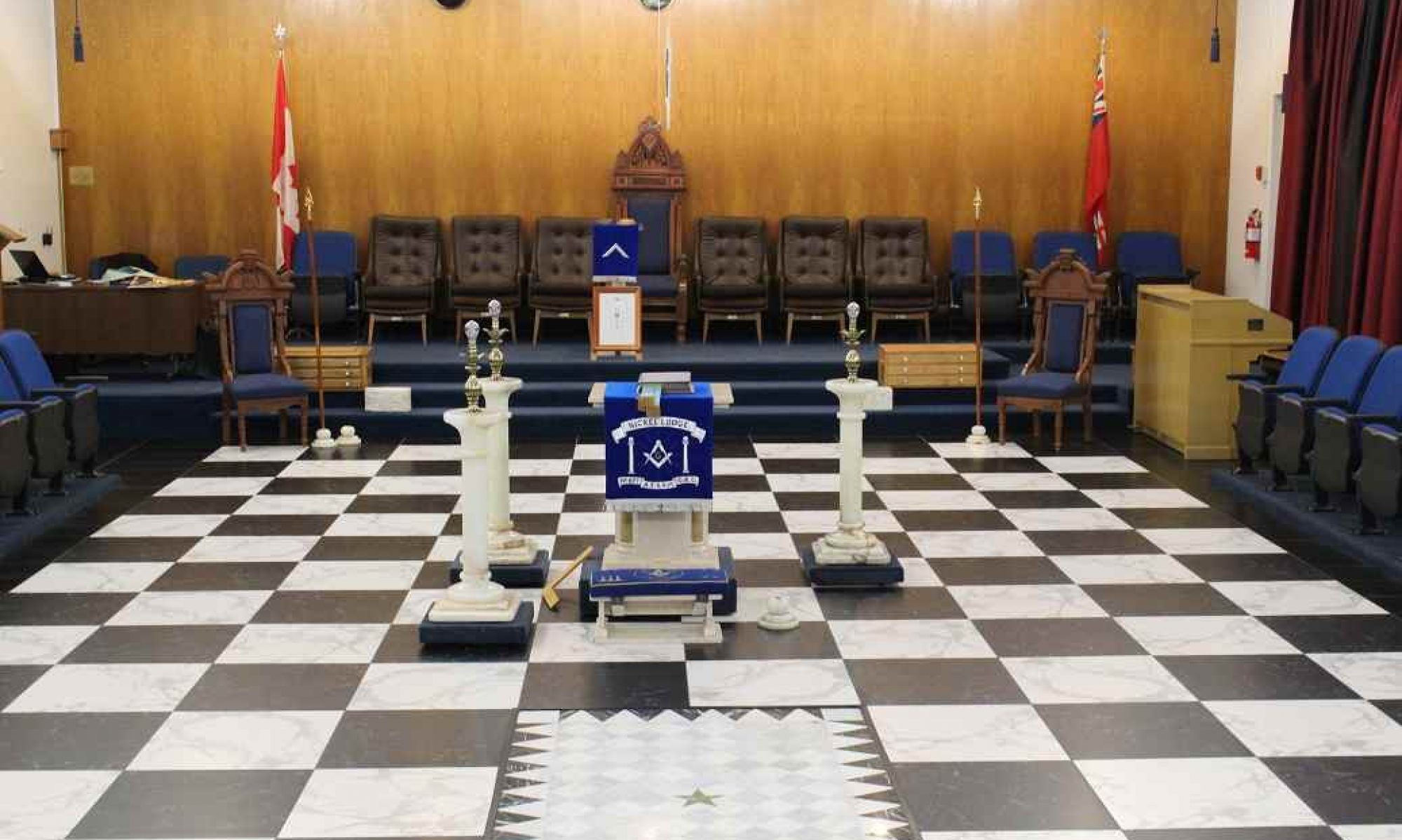From the booklet – “PENETRATING THE VEIL”
– by David C. Bradley–Grand Master–1989-1990
This month’s issue is titled – “Language in Ritual”
(As the presentations in this website are available to all readers, items involving the Second and Third Degrees will be excluded.)
Language in Ritual
Early invaders from Normandy under William the Conqueror introduced the Norman dialect into England. The Anglo-Saxons, however, tenaciously clung to their own speech. Over the years a common language came into existence that culminated in Middle English in the 1300’s. It became the custom in proclamations to use pairs of words to avoid confusion and to ensure understanding by both Norman and Anglo-Saxon. Examples of these are: true and proper; truth and verity; promise and swear. The ritual shows antiquity. It may appear archaic, but it is steeped in history and the beauty and clarity of language. The aim is to stimulate the mind of the candidate so that he feels compelled to seek explanations for what he has experienced.The latter part of the eighteenth century had an impact on the style and vocabulary of the ritual and neither were radically altered at the time of the union of the Grand Lodges. Such words as ‘ascertain’ meaning ‘to make certain’, ‘casual’ meaning ‘accidental’, ‘determine’ meaning ’define’, ‘discover’ meaning ‘disclose’, ‘save’ meaning ‘except’ and ‘candid’ meaning ‘open or innocent’ are still to be found in the ritual of today. “Enthusiast’, for instance, was formerly a word used to indicate a person of violent passions or arrogance. This word is employed in its old usage and not that of today. The subject of morality necessitates a certain formality of language and, what appears archaic today, was ordinary speech in the later eighteenth century. In addition, such words as temperance, fortitude and justice, winding stair, middle chamber, Jephthah and the Ephraimites, bright morning star were known to the writers of the ritual, because of their familiarity with the Book of Common Prayer and the Bible. Other words and phrases seem to point to different origins: the ‘voice of nature’ from a line in Gray’s Elegy: E’er from the tomb the voice of nature cries”, and perhaps the phrase ‘darkness visible’ from Milton’s Paradise Lost:
“No light, but rather darkness visible
Served only to discover sights of woe.”
There are many references to darkness being illuminated by light. One further reference, however, is needed to emphasize the use of those words, Alexander Pope’s, The Dunciad, Book IV:
“Of darkness visible so much be lent,
As half to show, half veil the deep intent. 20
No reference is found to darkness visible before the union of the two Grand Lodges in 1813. A small shaft of light only increases awareness of darkness, which is the incomprehensible future that awaits everyone. But it also represents the light of knowledge that, as it expands, pushes back the darkness.
20 Ars Quatuor Coronatum, Vol. 103. p.199
R.W. Bro. Robert South

